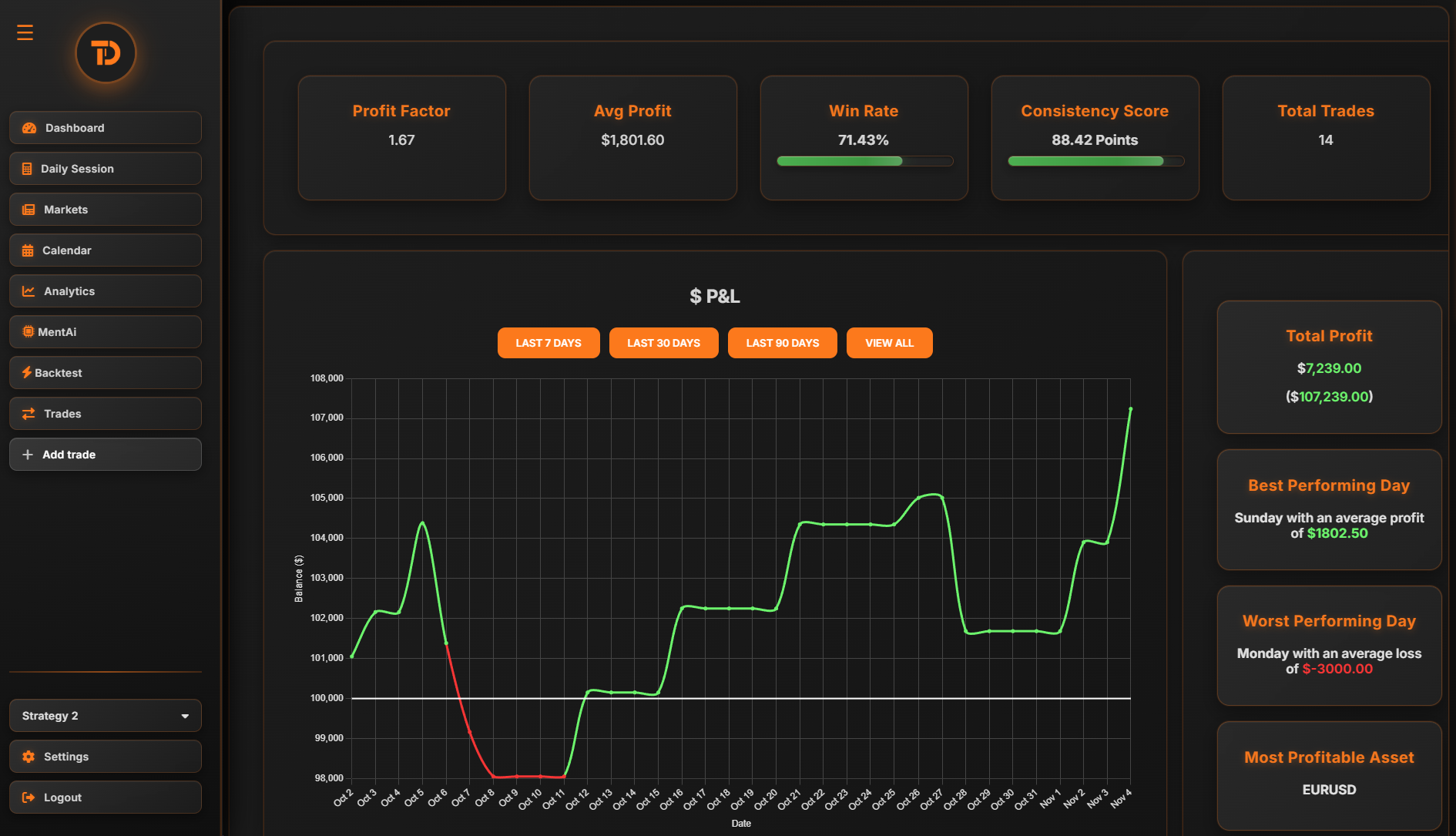It’s tempting to trade every market or asset class, especially with the vast number of opportunities available across stocks, currencies, commodities, and other instruments. However, it’s usually more effective to focus on a few markets or asset classes that you understand well. Specializing in specific assets allows you to develop deeper insights into their price movements, behavior patterns, and reactions to news or economic events. When you consistently follow and trade in the same markets, you become familiar with their typical volatility, liquidity, and market participants, giving you a competitive edge. Instead of spreading yourself too thin by trying to keep up with multiple markets, honing your expertise in a select few can improve the quality of your trades and help you make better-informed decisions.
This focused approach allows you to build a more solid foundation for your trading strategy, as you’ll be able to recognize subtle changes in price action and market sentiment that may go unnoticed if you’re constantly switching between different markets. While diversification is an important aspect of risk management, trying to trade in unfamiliar markets can often lead to poor decisions and underperformance due to a lack of understanding.
. Why use a trading journal: A trading journal is an essential tool for tracking which markets or asset classes you perform best in. By consistently documenting your trades and analyzing the results, you can identify patterns that show where your expertise lies and where you’ve had the most success. If you find that your performance is stronger in certain markets, your journal will guide you to focus your efforts on those areas. On the other hand, your journal will also help you spot if diversifying into unfamiliar markets or asset classes is yielding worse results. This reflection allows you to make more informed choices about where to allocate your time and capital, ensuring that you focus on the markets where you have a deeper understanding and higher probability of success.

